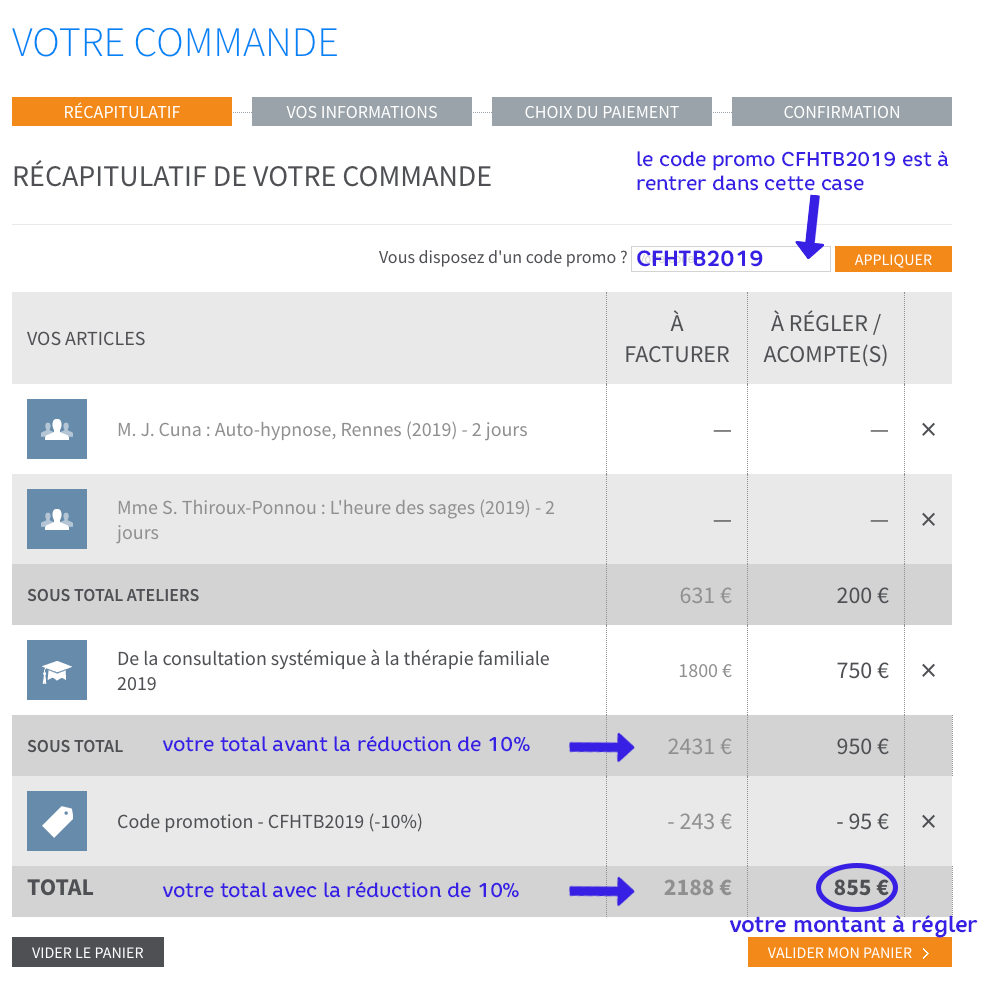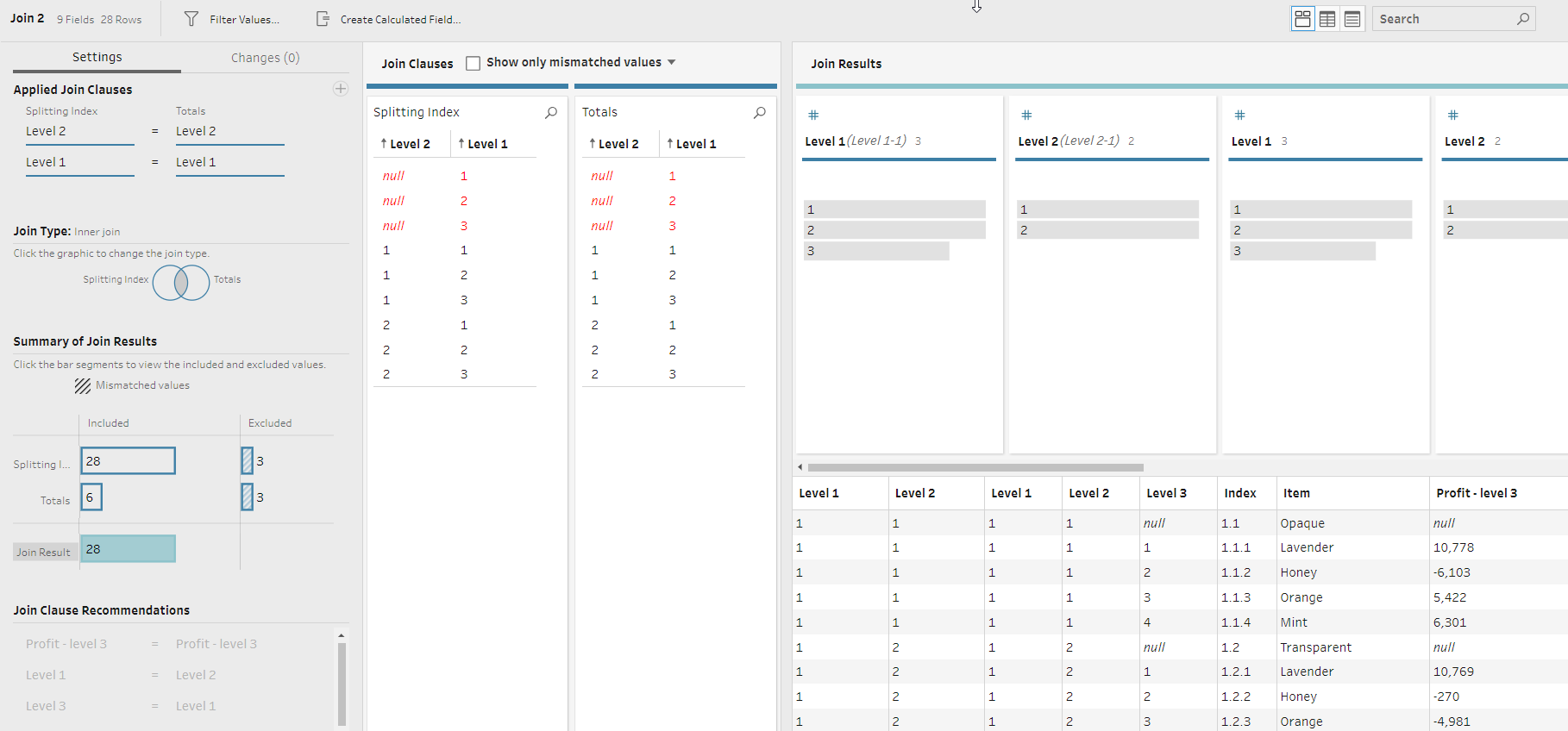

Apparently, I only make this mistake when scheduling Rey.Īs I tidy, my changes are logged at the top of the step, as well as below. I can also see what rows are affected and who. Since this is a one-time job, I’ve edited it manually. I can edit these manually or make a calculation. As a human, I read hyphens and to as the exact same. I didn’t even realize how many variations I had in my scheduled hours until I pulled it into Prep. It keeps a nice log of all the changes and lets me interact directly with the data. It’s inspired from subway maps, and brings this experience to life in the form of tidy, colored lines and pills. Outputs are how we kick data out to Tableau (TDE or Hyper) or CSV.Īs we start pulling out data, Tableau Prep makes nice tracks.Just make sure you have columns that match or you’ll be very good friends with ‘null’.

Join adds more columns based on a shared field.Data warehouse people will argue about ‘pivot’ in a Tableau sense, but here, you’re kicking columns to rows. Most of the time, these are Excel sources that are aggregations of a nice tidy database in some abyss I’ll never be able to access. Pivot, in the Tableau sense, flattens data that came pre-shaped in a wide way I don’t like.

If I’m too lazy to dismiss a bunch of fields, I’ll also use aggregate to pick a few columns, rather than dismiss a lot of them.
Aggregates are where I may roll the data up to a higher level or grain. I’ll do most of this work in the fix it area directly. Steps are usually where I clean the data using calculations, grouping, splitting, and deleting. Meanwhile, back at the canvas, I have a few main options I care about. We’ll dig more into this shortly after I find my socks… Some of the fancy kids call this the profile pane. Fix-It (pronounced ‘fick-it’ in my house) is where – hold your hat for this one – you can interact directly with the data and change it. This is where you pick various things about the step, such as pivoting, joining, and tracking calculations. Pick-It is our new card interface for our steps. What’s new to us is the Pick-It and Fix-It pieces. The canvas is where I toss my big steps as I flow through the piece. The canvas idea is follows Tableau to a tee, as does the data piece. So, let’s break down the interface with extremely technical jargon that’s Tableau Toddler approved. We’re familiar with this idea from Tableau and we can rename the fields right then and there, just like we can in Tableau Desktop.Īt first glance, there’s a lot going on here. For my schedule, I’m going to make it a bit more machine readable. Donald Norman, author of Design of Everyday Things, would approve. When we get the point of pulling data out to the canvas, we can see Tableau knows us me well and provides clues. You can see I’ve been busy…or distracted, take your pick. You also have any existing work in the middle. You have the side panel to help you out or take you on an extended detour (SHINY!!!). If this looks familiar to Tableau Desktop, it should. (Those are all my little sponges to clean the data. So, how do we make this tidy? Let’s try Tableau Prep. Once piece is scattered somewhere (usually the depths of some shared drive) in Excel and 4 other pieces live in 5 other databases. This format is (usually) ideal for Tableau. Trying to figure out who punched in or out when takes a bit more effort by eyeball, even when it’s sorted by day, employee, and then time. Humans rarely make data like this for direct use. When we work with systems, we find they make data a bit more like this: Come back tomorrow if you want me to be meaner.) (Side note: normally, there’d be merged cells in at least 3 spots and some color coding. As a human, I can find the row that matters to me, read across and go, and make sure I’m working with people that will give me a lunch break on time. Each row is dedicated to a real-live human being and the columns are days. I worked a lot of places with schedules made like this in some fashion. Take for example how we, as humans, like to design spreadsheets:Įven without tidy formatting, I can read this and know who is working when. The design of data is very similar to these ideas. Donald Norman talks about how the design of things cue us to how they work. If I’m known for anything, it’s probably for how often I complain about badly shaped data.







 0 kommentar(er)
0 kommentar(er)
